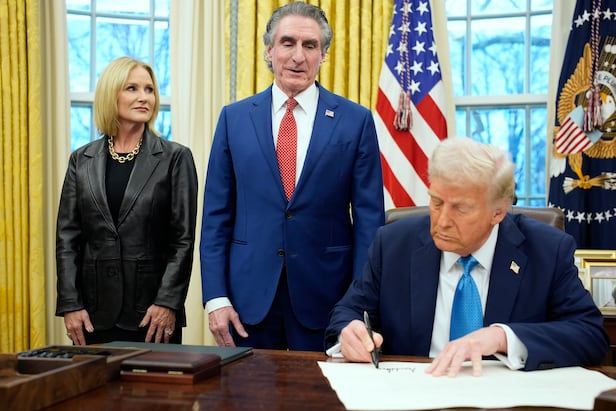
President Donald Trump signed an executive order imposing additional tariffs of 25% on imports from Canada and Mexico and 10% on Chinese goods, officially kicking off the anticipated U.S.-led trade war.
While the United States has cited concerns over illegal immigration and drug trafficking, the real target appears to be countries with significant trade surpluses with the nation. Following China, which has the largest trade surplus with the U.S., other major surplus countries—including South Korea, ranked eighth, and Taiwan, ranked sixth—are likely to be the next targets.
S. Korea benefits from the U.S.-Korea Free Trade Agreement, which exempts most of its exports from tariffs. However, if the tariff hikes materialize, S. Korea’s exports to the U.S., which account for 20% of its total exports, will take a major hit.
With companies operating production bases worldwide to bypass trade barriers, the impact could be even more severe. Factories in Mexico producing automobiles, home appliances, and steel for S. Korean firms will immediately face a 25% tariff burden. If President Trump follows through on his plan to implement a universal tariff of 10% to 20%, S. Korea could see its exports decline by up to $44.8 billion, with its gross domestic product (GDP) shrinking by 0.7%, according to analysts.
In his first term, Trump slapped high tariffs on major trading partners like China and Mexico, then negotiated new deals with them. For other countries like S. Korea, his administration demanded changes to trade agreements they thought were unfair to the U.S. Now, in his second term, Trump is expected to use broad tariffs as a bargaining chip, pushing each country to strike deals that favor the U.S.
Governments around the world are rushing to find ways to respond to U.S. trade policies. Japan is looking to expand its imports of U.S. energy and increase investments, while European nations are considering boosting U.S. weapons purchases in addition to energy imports. India and other countries are exploring ways to reduce their trade surpluses by increasing imports of U.S. steel and agricultural products.
In contrast, S. Korea, grappling with a leadership vacuum due to the president’s impeachment, lacks a clear command center to navigate the trade war. The government needs to act swiftly by ramping up imports of U.S. crude oil, natural gas, and agricultural goods, while businesses should consider relocating production to the U.S. or expanding output at their existing American facilities.
The U.S.-led trade war could also serve as an opportunity for S. Korea to outpace China and enhance its competitiveness in high-tech industries, depending on how it responds. President Trump has emphasized the need for U.S.-S. Korea cooperation in shipbuilding, highlighting S. Korea’s vital role in the restructuring of global supply chains that exclude China. Beyond shipbuilding, S. Korea should seek cooperative models with the U.S. in fields such as nuclear energy, semiconductors, secondary batteries, and artificial intelligence. Proactively aligning with Trump’s “America First” agenda could give S. Korea an edge over its competitors.



